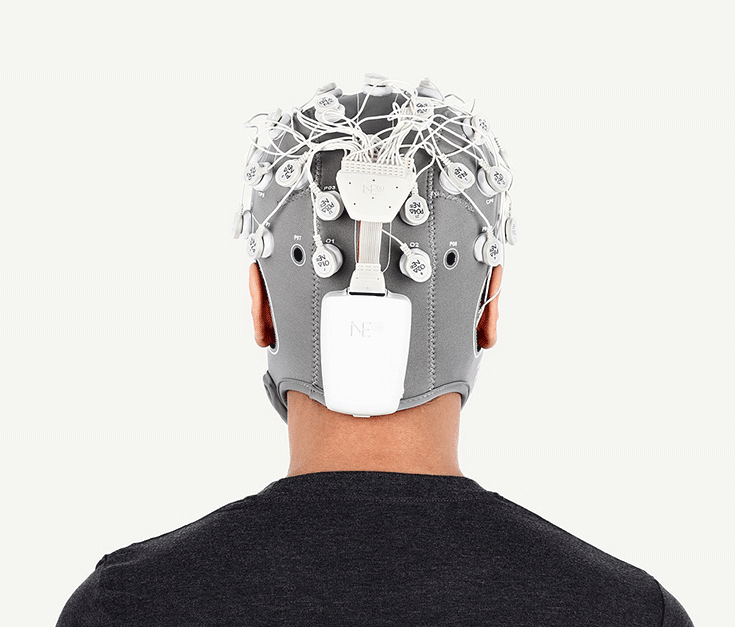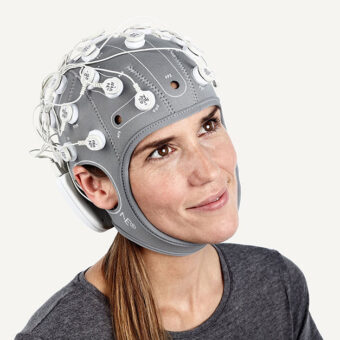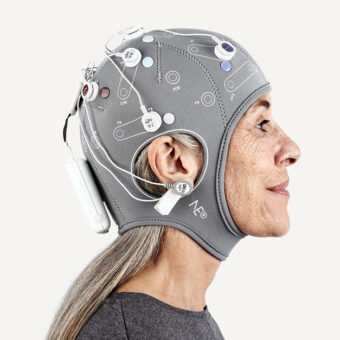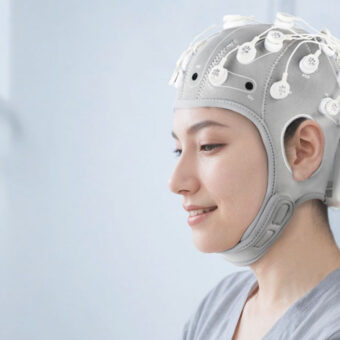Epilepsy, a complex neurological condition characterized by recurrent seizures, has long challenged clinicians in terms of accurate and early diagnosis. Traditional methods, while effective, often come with limitations, necessitating the exploration of more reliable biomarkers. This post delves into the advancements in electroencephalography (EEG) as a cornerstone for epilepsy diagnosis, highlighting its potential beyond interictal epileptiform discharges (IEDs) and towards novel biomarkers such as connectivity, microstates, and high-frequency oscillations (HFOs).
The Limitations of Current EEG Biomarkers
Interictal epileptiform discharges (IEDs) are traditionally recognized as the most established EEG biomarker for epilepsy. However, the presence of IEDs is not always consistent, leading to challenges in diagnosing epilepsy, especially in its early stages. The absence of IEDs does not conclusively rule out epilepsy, underscoring the need for additional biomarkers that can reliably predict the condition even when traditional signs are elusive.
Emerging EEG Biomarkers
Recent research has identified several promising EEG features that could serve as biomarkers for epilepsy:
- High-Frequency Oscillations (HFOs): Brief oscillatory field potentials that have shown potential in delineating the seizure onset zone. Fast HFOs, in particular, have been associated with the epileptic zone, presenting a new avenue for understanding epileptogenic regions.
- Connectivity: Examining the structural and functional network properties of the brain through EEG offers insights into epilepsy’s network disorder nature. Alterations in brain connectivity, both globally and within specific networks, may distinguish between epileptic conditions and normal brain function.
- Microstates: Representing topographic maps of the scalp EEG, microstates offer a glimpse into the transient states of brain activity. Their duration and patterns may reflect underlying epileptogenic activity, providing a unique perspective on the brain’s functional state in epilepsy.
The Role of Machine Learning
Machine learning (ML) has emerged as a powerful tool in identifying and classifying EEG biomarkers of epilepsy. By automating the detection and analysis of EEG patterns, ML algorithms can enhance the accuracy and efficiency of epilepsy diagnosis, particularly in the absence of seizures. This approach holds promise in developing fast screening tools that could revolutionize how clinicians diagnose and treat epilepsy.
The Path Forward
Despite the promising potential of these new biomarkers, challenges remain in their clinical application. Most studies to date have been conducted in controlled research environments, which may not accurately reflect the complexities of clinical practice. Moreover, the reproducibility and reliability of these findings in diverse patient populations and real-life clinical settings are yet to be fully established.
Future Perspectives
Continued research, especially large-scale prospective studies and the application of machine learning in clinical settings will be crucial in validating these emerging biomarkers. The ultimate goal is to identify an EEG biomarker that can reliably detect epilepsy in the absence of traditional signs, enabling swift and accurate diagnosis and treatment. As we move forward, the integration of these novel approaches into clinical practice holds the key to transforming epilepsy care, offering hope to those affected by this challenging condition.
Conclusion
The search for reliable EEG biomarkers for epilepsy is an evolving field, driven by the limitations of current diagnostic methods and the potential of new technologies. High-frequency oscillations, connectivity analyses, and microstates represent exciting frontiers in epilepsy research, offering the prospect of more accurate and earlier diagnosis. As machine learning continues to refine EEG data analysis, the future of epilepsy diagnosis and treatment looks promising, paving the way for personalized and effective interventions.
Explore our devices designed to support healthcare professionals in their ongoing efforts to improve epilepsy diagnosis and treatment, furthering our commitment to advancing medical technology and patient care. This initiative underscores the importance of innovative solutions in addressing the challenges of epilepsy care, ensuring better outcomes for patients worldwide.



